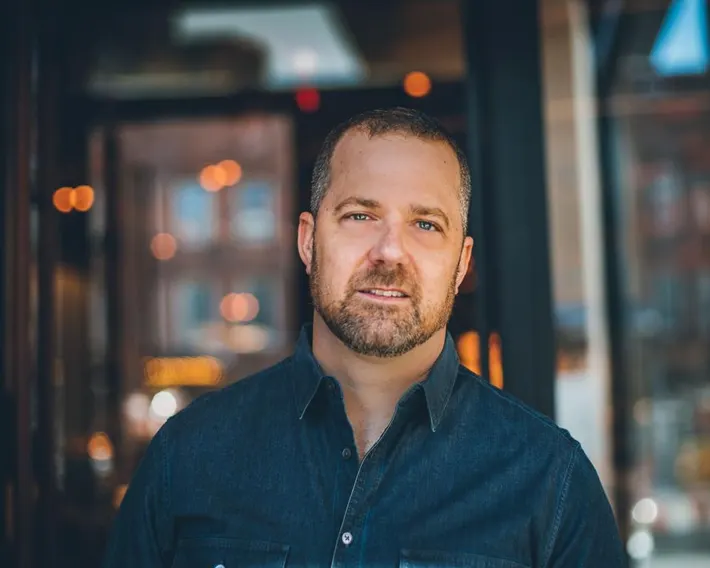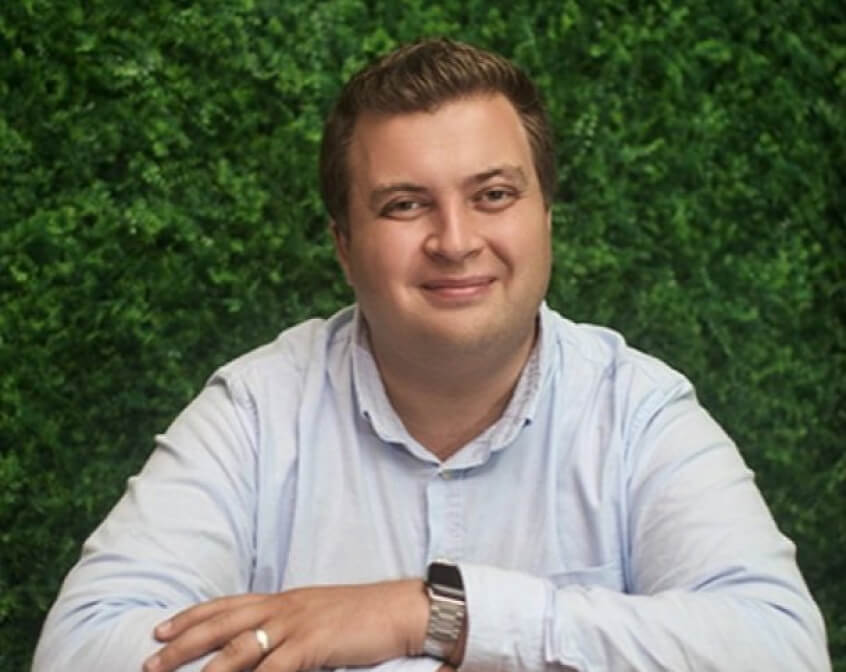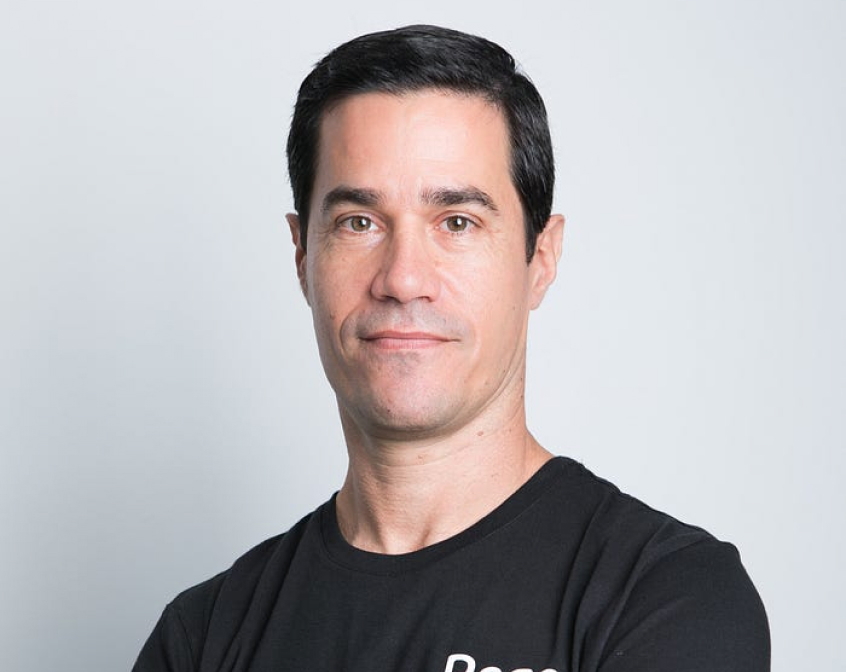During his 20+ year career Rob Bailey has had the chance work on several enterprise software unicorns in the early days. He also worked on some companies that failed. He’s learned lots of valuable lessons he’d love to share with fellow founders. As Chief Operating Officer (COO) and co-founder of CrewAI, the leading multi-agentic platform now used by nearly half of the Fortune 500, he’s helping shape the future of how businesses deploy artificial intelligence (AI) in their daily operations. CrewAI, however, is just the latest chapter in a career defined by transforming early-stage companies into industry juggernauts.
Prior to co-founding CrewAI, Rob served as founder and CEO of BackboneAI, a platform that leveraged AI to optimize supplier and customer collaboration for over 500 manufacturers and distributors across the industrial and automotive sectors. Before BackboneAI, he served as COO at Kustomer where he drove the pivot of their customer support offering’s focus from small and medium-sized businesses (SMB) to large enterprises before the eventual billion-dollar acquisition by Facebook. Preceding this, Rob was Chief Executive Officer (CEO) of DataSift, where he grew the company from a specialized developer tool into an enterprise AI platform processing more than 300 billion data fields daily. Along the way, Rob has made several early investments in software businesses that have gone on to be acquired or raised additional funds collectively valuing them in excess of $10B.
In a recent conversation with us, Rob shared his framework for scaling business-to-business (B2B) companies, insights on pricing strategy, and lessons learned from both successful and challenging investments. Drawing from his experience building three successful enterprise software companies and backing two unicorns in Fireblocks and Blockdaemon, Rob shared his blueprint for sustainable growth in today’s market.
Transforming early-stage companies
Rob’s journey into technology leadership began at Accenture, where he learned a fundamental lesson that would shape his approach to building companies. “The biggest takeaway from working at Accenture was the importance of the last mile,” Rob said. “Even when you had the best design systems, if you didn’t do a good job of designing the user experience and educating everybody on how to use the system, people wouldn’t use it.”
This insight proved valuable when investors brought Rob in as CEO of DataSift in 2011. The founder had built an interesting initial business focused on developer tools, but it wasn’t scaling or generating significant revenue. Under Rob’s leadership, DataSift transformed into a multi-product platform that became one of the fastest-growing B2B companies in the industry at the time. “We went from zero to $30 million in annual recurring revenue (ARR) pretty quickly. We built a team of 150, raised a ton of money, and scaled the company like crazy in what felt like the blink of an eye,” Rob said.
Rob’s experience at DataSift taught him valuable lessons about overreliance on one platform and the importance of product diversification. “The biggest mistake we made at DataSift was having too much dependence on a single platform,” Rob said. “We were paying huge sums of money to one of our key partners over the first few years. When they acquired one of our competitors, it created an existential threat to our business. We should have used our revenue, customer traction, and funding to diversify our platform partnerships much faster.”
Rob applied these lessons at Kustomer, where he joined as COO in 2016. The company, which started with just five people in a WeWork office, eventually sold to Facebook for more than $1 billion. Rob recognized early that Kustomer’s sophisticated AI integrations and unified customer view made it better suited for enterprise clients rather than SMBs.
“When you’re initially scaling your company, you have to decide where the money is going to come from,” Rob said. “You can either go upmarket and pursue bigger customers with higher average contract sizes (ACVs), or you can go to the other end of things, to the long tail.” Rob pushed for the enterprise focus, as Kustomer’s product vision required significant data integration and implementation work — capabilities that better aligned with larger clients’ needs and resources.
The art of B2B pricing
For early-stage companies, Rob supports a straightforward pricing approach. “Early on, it’s important to optimize for simplicity, reducing cognitive friction,” Rob said.” Sometimes people want to get too complex in their initial pricing and profit-maximize early on, and I just don’t think that’s the right approach.”
Throughout his career, Rob has consistently employed a tiered pricing model that combines usage metrics with feature differentiation. “There are lots of schools of thought and there’s definitely more than one right answer,” Rob said. “I’ve been doing roughly the same type of pricing for a very long time, which looks like buckets with different price tiers. You typically use a combination of usage metrics and feature differentiation to price discriminate between tiers. That’s what we did at Datasift, that’s what we did at Kustomer, and that’s what we did at BackboneAI.”
Rob emphasized the importance of high-price anchoring, though he suggests approaching it thoughtfully. “You never want a price tier that’s ridiculous, but I think it’s a good exercise to have one or two price tiers that are higher than where you initially think you should go,” Rob said. He shared a revealing example from his time at Kustomer: “We had a few high-priced tiers, and a large percentage of incoming signed customers were signing up to the highest-priced tier. So I said to our CEO, ‘When this many customers are choosing our premium tier, it signals we have room to create even more value at a higher price point.'”
The strategy proved successful. After developing a compelling value proposition for an even higher tier, the results exceeded expectations. “The following quarter, something like 25 to 30% of new incoming customers were signing up for that higher top tier,” Rob said.
Rob also adapts pricing strategies based on market conditions. For companies entering established markets with strong competitors, he recommends either offering superior value at similar pricing or significantly lower prices for comparable value. “Ideally, you want to come into a market with a product that is way more compelling, and initially way cheaper,” Rob said. “At Kustomer, we came in with a product that was much more AI and automation-oriented, and we competed aggressively with Zendesk on price.”
Building effective Go-To-Market teams
In Rob’s opinion, the debate around founder-led sales versus building dedicated sales teams often lacks nuance. While many investors emphasize founder-led sales at the early stages, Rob believes the approach heavily depends on the founder’s talents.
“There’s founder-driven sales and founder-led sales, which aren’t exactly the same. The founder is sometimes the quarterback behind the scenes, and sometimes directly involved in sales,” Rob said. “As long as one of those is true, I think the company will be positioned to do well. A founder needs to be realistic about their abilities, or lack thereof from a selling perspective, and bring somebody in if necessary to complement their skill set.”
Drawing from his experience at CrewAI, Rob explained how even highly capable founders can benefit from sales expertise. “Our CEO is exceptional at sales,” Rob said. “However, he rightly recognized that there was more tactical stuff that he didn’t necessarily know, because he hadn’t really done as much of this type of selling in the past. It’s one of the many reasons why he brought me on as a co-founder. In the early days, I definitely spent time showing him what I thought were killer strategies for how we could sell.”
Rob emphasized that timing conversations about pricing and product value is crucial for successful sales. “I think the best time to bring up pricing is when they ask,” Rob said. “If you do a good enough job at building rapport and demonstrating compelling value to solve an immediate problem, customers will bring pricing up.”
Investment philosophy and lessons
Rob’s investment career includes notable successes in blockchain infrastructure, with two unicorns emerging through his fund MState. “We probably looked at close to 2,000 companies. We did some work on 700 to 800 companies, engaged deeply on 80, and invested in five,” he said. “Of the five that we invested in, two went on to become unicorns: BlockDaemon, which is probably worth $2 billion, and FireBlocks, which at its peak was worth more than $8 billion, which is pretty incredible.”
Rob takes a thesis-driven approach to investing, emphasizing both market trends and founder qualities. “I look at the underlying market and its dynamics, both where the market is, and what that means for where opportunities for investment might lie,” Rob said. “Fundamentally, we made a bet that crypto would become more of a mainstream store-of-value asset, which it is going in that direction.”
When evaluating founders, Rob looks for specific traits that indicate potential for success. “I look for people who have good founder-market fit, iterate very fast, listen, evolve, and are highly technical,” he said. “The best investment I’ve ever made was Fireblocks, and that was a highly technical founder who makes things happen quickly.”
While these principles have led to notable successes, Rob’s investment journey has also provided valuable lessons from challenging situations. One such example came from an early-stage investment he made in AgTech.
“It was a company whose success was predicated on a few things, one of them being quick and easy availability to a lot of capital,” Rob said. “For them to truly scale over time, they were going to need access to large amounts of low-cost capital to be able to build out the product they pitched and scale it in a timely manner. A lot of the issue was poor timing, as we were in the zero interest rate policy, or ZIRP, phenomenon. As interest rates grew, their business became a lot more expensive to operate and their original plan did not match up with their capitalization at the time.”
The experience reinforced one of Rob’s core investment principles: The importance of meeting and evaluating founders before investing. “I broke one of my own rules. I invested sight unseen without meeting the founder, without getting a sense for how sound of a decision maker they were” he said. “One of the things that’s worked really well for me is evaluating the founder and how good they are at assessing tradeoffs, being nimble, and always considering new ideas. I didn’t do that with them, and it was a mistake.”
Leadership and building sustainable companies
Rob believes that being a successful founder in today’s environment requires attention to personal well-being. “It’s absolutely critical for every founder to take care of their mental and physical health,” Rob said. “A framework that works well for me is to think of yourself like a world-class athlete. If you look at world-class athletes like Lionel Messi, David Beckham, and LeBron James, they all spend a huge amount of time managing themselves both physically and emotionally.”
Rob has observed a growing correlation between founder success and emotional intelligence. “I strongly encourage founders to consider exploring what you’d call mindfulness, and that involves a daily meditation practice, focusing on things like patience and gratitude,” Rob said.
This emphasis on emotional awareness ties directly to leadership effectiveness. When reflecting on the most successful founders he’s worked with, Rob highlighted their ability to process feedback. “When I think of the best founders I’ve worked with, they’re great listeners, don’t have ego, work really hard, and are very open to feedback,” he said. “When I think of some of the most toxic founders that I’ve seen over the last 3 to 5 years, they are leaders who put their ego first, fail to develop their teams, and show little empathy for others.”
Rob believes the combination of self-awareness, willingness to listen, and openness to feedback creates the foundation for sustainable leadership. Whether building companies or investing in them, his experience shows that the most successful founders maintain this delicate balance of driving execution while always striving for evolution and growth.
Related Articles
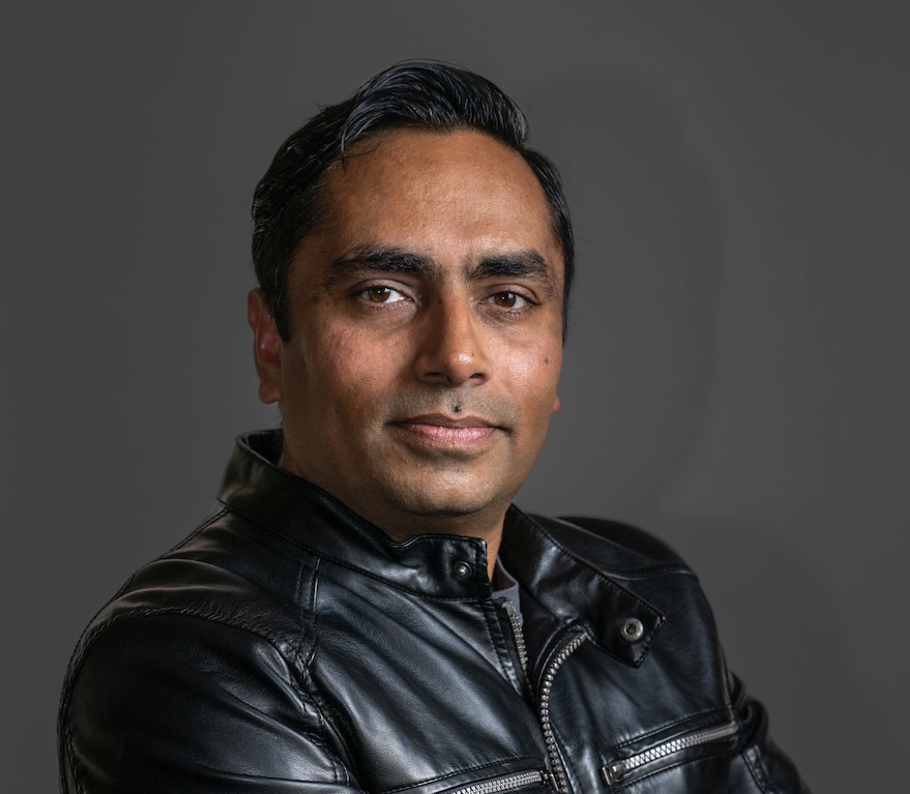
Scaling the SaaS Ladder: Subskribe CEO Durga Pandey on Navigating from Seed to Growth Stage
Coming off a breakout year for Subskribe, Crew Capital’s Dylan Reider and Sonia Damian sat down with Durga Pandey to…
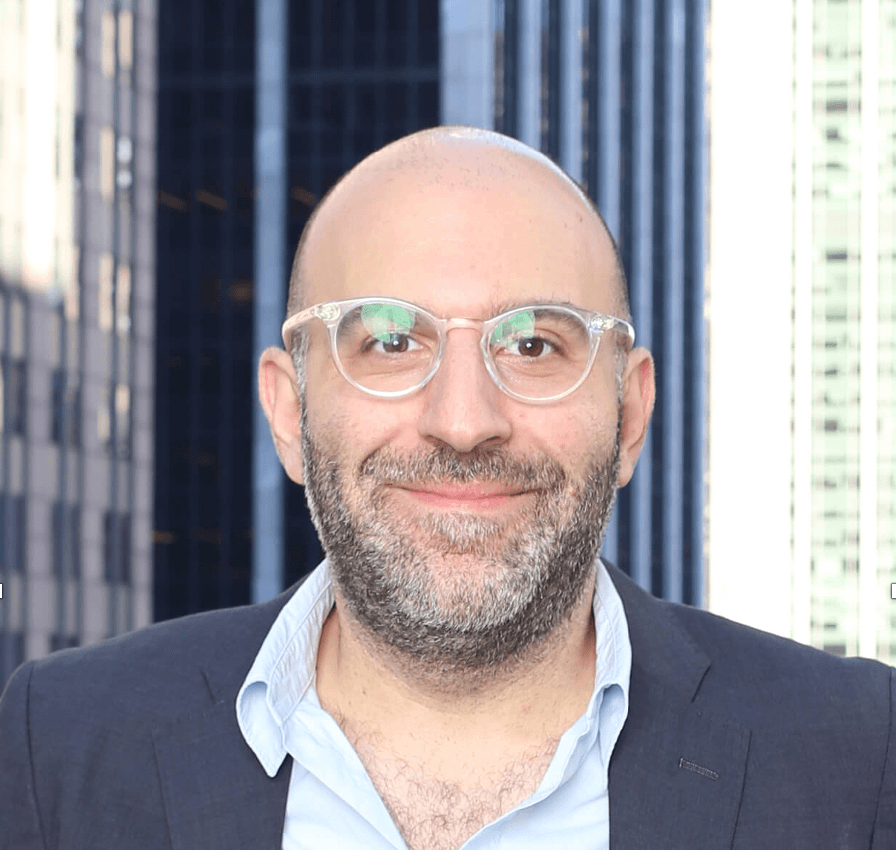
Sam Kassoumeh’s Journey From Hacker to Entrepreneur
As part of our founder interview series, Crew Capital’s Brandon Deer sat down with Sam to have a conversation about…

Spenser Skates’ Journey from MIT to Building the Category-Defining Digital Analytics Company
As part of our founder interview series, Crew Capital’s Co-founder, Daniel Dines, sat down with Skates to have a conversation…


